The Great Warrior’s Path, otherwise known as the Great Wagon Road, traveled southward from western Maryland to the crossing of the Potomac River.(1) During a 1722 meeting with Colonel Alexander Spotswood of Virginia and the Five Nations of Iroquois, an agreement confirming the traveling limitations strictly to the Warrior’s route and not west of the Blue Ridge Mountains was achieved.(2) Spotswood reflected upon this meeting as an act of peace and growth for the area of Virginia. The treaty proves the population growth into the area immediately after the 1722 meeting and the popularity of the road known as the Warrior’s Path. From the peaceful actions of this agreement, Lord Baltimore of Maryland began a 1732 campaign, enticing families to migrate to his lands. The Maryland proprietor offered 200 acres, free between the Potomac and Susquehanna Rivers. Exemptions included no quit rent payments for three years at a rate of four shillings sterling per hundred acres.(3) A similar endeavor was occurring in Virginia, offering cheap lands to all newcomers. These actions sparked the initial start of the first most remarkable migration to ever exist on American soil.

The Potomac River swiftly flows 405 miles and is one of the largest rivers located along the eastern sections of the United States. The Native Americans had different names for several segments along the river, and some of these are Cohongarooton and Patawomke, meaning honking geese and river of swans.(4) The legal use of these waters was in litigation for many years between Maryland and Virginia. Finally, by 1785. the Mount Vernon Conference(5) settled the issue and equally divided the river between the two states. White’s Ferry, which is cable operated, recently ceased operations due to litigations over private property use. This family-owned business was the last known ferry system still in operation from the early 19th century. For the colonial families dating to early and mid-18th-century, ferries were vital with rivers like the Potomac.
The well-known main roads during the 1720 decade lead from Pennsylvania through Maryland to Virginia. One main route ran along the eastern shore and crossed the Elk River. Continuing to Frederick and Georgetown, the road crossed at the Sassafras River, heading into Chesterfield. It would then travel to East Neck Island, and travelers would board a boat to reach Annapolis.(6) Many historians debate and proclaim this to be the most popular route during the 1720 and 1730 decades. The name of this eastern route is King’s Highway, and you can read much more about this historical road by reading archived articles on Piedmont Trails.

In the map photo, look closely at the location of Monocacy River, Antietam and the Blue Ridge Mountains. The Great Wagon Road was located just east of the mountain ridges. Also look for Snicker’s Gap and Ashby’s Gap, this is the route of the GWR.
The other main route during the 1720 decade was the Great Wagon Road, namely known as the Warrior’s Path, the Philadelphia Road, The Pennsylvania Road, and a few others. This statement is made with certainty because of the time period. The different routes, paths, and roads that followed through the years were actual sidetracks linking to the Great Wagon Road. The road traveled from Philadelphia to Chester, Lancaster, and York counties until the mountains came into view.(1)(6) The elevated terrain was the guiding outlet point from Pennsylvania to areas south. As more and more families were leaving the middle colonies, separate routes emerged further west and linking all to the same destination, the Potomac River. By 1728, a branch of this road extended as far back as the Monocacy area, and from that point, a tidal wave of travelers created a unique system of roads to Virginia. Spotswood enabled this route to exist, and by 1739, the traffic along this road grew at astonishing percentage rates. From colonial records and petitions, inhabitants requested clearing another trail for grain and livestock transport, but documents reveal nothing to prove this action was taken and completed. Due to the population growth of Maryland, it seems that the actual traveling families themselves cleared these new routes, which speak loud and clear as to the extent of volume these settlers represented by credible numbers alone.
Going back to the King’s Highway, one can see this route edging more west as new settlements are emerging, more and more travelers are migrating, which increases the daily traffic on these colonial roads. The King’s Highway contributes and links to the Fall Line Road or otherwise known as the Trader’s Path, and possibly linked to Thigpen’s Trace dating years before the 1730 decade. From the Fall Line Road, the route edges further west to form the Upper Road or the Carolina Road or others, refer to it, as the High Road. The above statement demonstrates how roads moved from one specific area to another. The same effect occurs with the Great Wagon Road but not with the same significant separation pattern as the King’s Highway. The reason for this is due to the terrain of the territory. The families followed the course of the mountains, and for the most part, these routes rarely changed except for ford crossings and smaller additional paths. Regardless of the road to the Potomac River, the travelers had to cross the waters. Depending on the crossing area, the road brought the people to Virginia and the direct path to Winchester, the busiest intersection of the 18th century.

Be sure to look for more articles on Piedmont Trails detailing the routes of our ancestors. The upcoming weeks will contain more about the Potomac River and its history. Details about the ferries, the local people, and the sidetracks leading to and from the river are just a few highlights. If you have family history associated with the Potomac River, share with us by commenting on the article or contacting Piedmont Trails. Our ancestors left an amazing trail to follow. Enjoy Your Journey Today To The Past.
Sources:
- Rouse, Parke Jr. The Great Wagon Road The Dietz Press Richmond, Virginia reprint 2008 pp. 16, 23
- O’Callaghan, E. B. (Ed.). (1855). Documents Relative to the Colonial History of the State of New York, vol. 5. Albany, NY: Weed, Parsons, and Co., pp. 657–681.
- Porter, Frank W III From Backcountry to County The Delayed Settlement of Western Maryland Maryland Historical Magazine Volume 7 No. 4 Winter 1975 pp. 329-349
- Williams, Harrison Legends of Loudoun: An account of the history and homes of a border county of Virginia’s Northern Neck, Harrison Williams, p. 26.
- Rowland, Kate Mason. “The Mount Vernon Convention,” The Pennsylvania Magazine of History and Biography 11, no. 4, January 1888: 110-25.
- Gould, Clarence P. Money and Transportation in Maryland, 1720-1765 Johns Hopkins Press Baltimore, Maryland 1915 pp. 125
- Portions of the 1738 map by John Senex and Ferdinand John Paris of Maryland and Pennsylvania Boundary (courtesy of the Library of Congress)
- White’s Ferry Documentary courtesy of YouTube and The Montgomery County Council
Categories: Featured Articles, Great Wagon Road Project, Maryland, Pennsylvania, Virginia
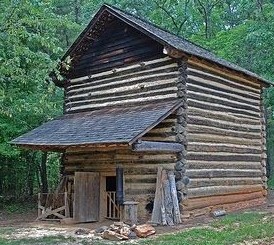
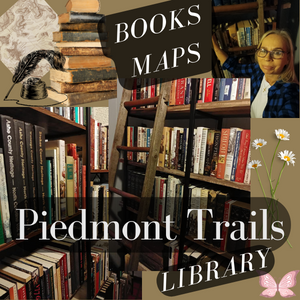

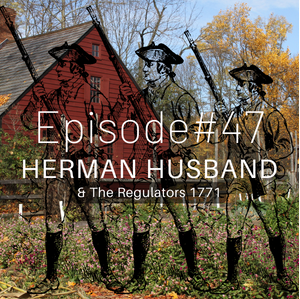
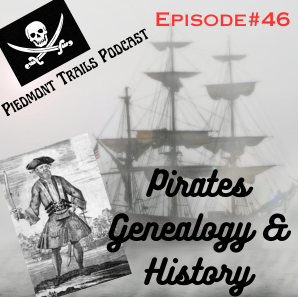



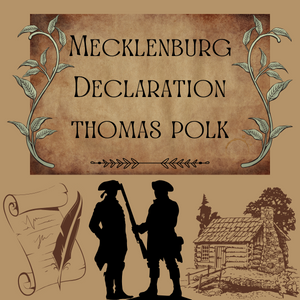
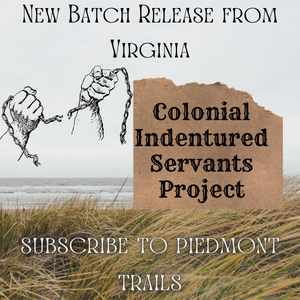

I enjoy all of your posts!! Hope all is well.
LikeLiked by 1 person
Thank You so much Linda !! All is well today, I hope you and your family are doing good this beautiful spring day.
LikeLike
The Washington Post newspaper has an informative article on the subject at:
https://www.washingtonpost.com/archive/local/2001/04/22/colonial-travelers-found-road-rough-going/71afb2c2-dae9-4fb6-bb85-4ed99ebc6d7e/
LikeLike